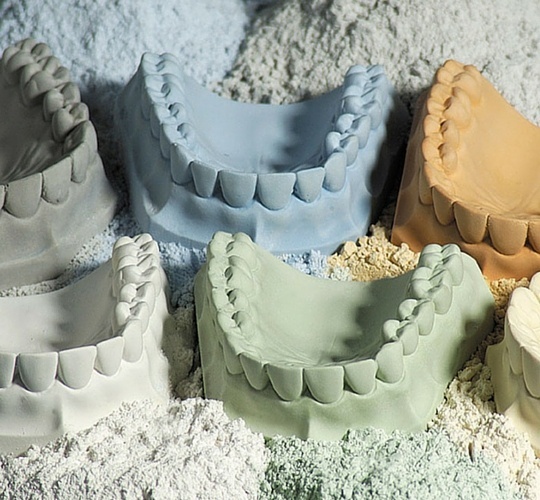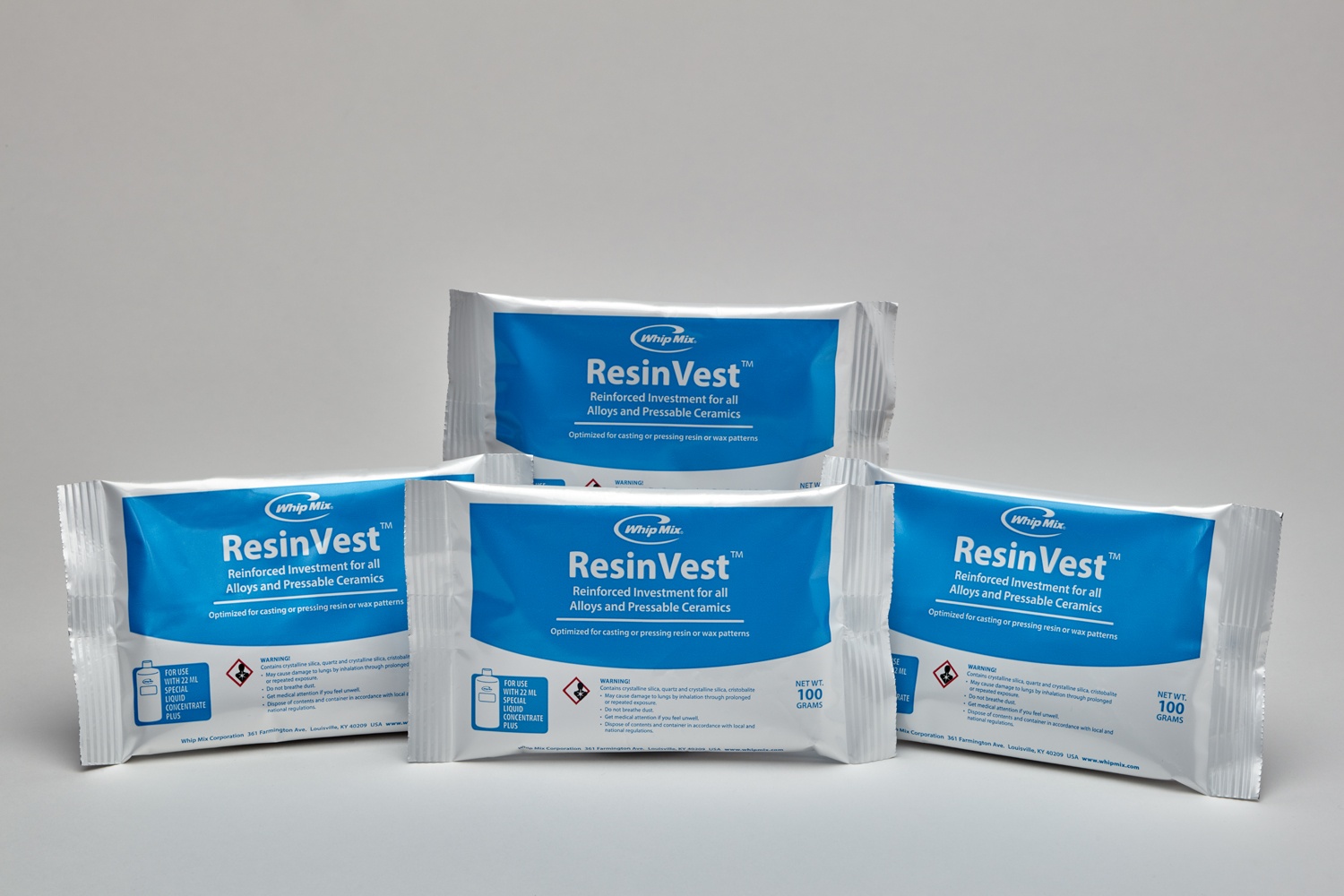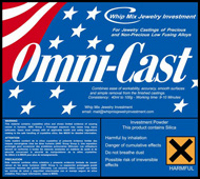 We all have our favorite investment. Some of us have been “using it for 30 years”! In addition, much like other dental materials like specific alloys and porcelains, we would rather lose our fingers than change!
We all have our favorite investment. Some of us have been “using it for 30 years”! In addition, much like other dental materials like specific alloys and porcelains, we would rather lose our fingers than change!
Of course, we do not use these materials by themselves; we combine them with other materials and use different parameters to successfully complete a job.
As we use them over time, we no longer think about how the contraction of an alloy needs to be matched to the expansion of an investment to achieve the right size to fit a die, or that the metal needs to have the right CTE to match the lower contraction of the ceramic when it fires and cools.
We do not think about the pattern materials we use or the history of failures that helped us to arrive at eventual success.
Anyone ever cast a bug? Did you get a miscast? Did you remember that the calcium in their exoskeletons does not always burn out cleanly and can interfere with metal flow? That their wings do not always cast well because we forgot to evaluate the expansion necessary in the investment to allow the molten but relatively thick metal to flow though that thin space.
Over the past couple of years, technicians have started using 3D printed patterns made from polymeric resins. Unfortunately, many do not recognize that this new material, just like the solid plastic sprue predecessor, can create a problem.
We have changed the behavior of the pattern material without considering that the investment or the pattern placement might need to have some changes.
In the 1980’s when the industry started using solid plastic sprues and runner bars, there was a ‘rash’ of finning on castings. Nearly everyone blamed those cracks on the failure of the investment. However, as it turned out, the nature of the burnout of the plastic sprues and runner bars was the culprit. There is a rapid expansion of the plastic prior to melting and burning. This expansion caused the cracking in the investment. Something that we did not experience when we used wax sprues and runner bars.
Nothing wrong with either material, they just did not work together without changing the technique. Newer technicians might ask how we solved the issue. We coated the plastic with a layer of wax, which eliminated at a lower temperature than the plastic. Once eliminated there was a bit of extra space for the plastic to expand.
Changes came along after some thought and hollow plastic sprues and runner bars became available. These left space for the plastic to expand to the internal and had the same effect as the wax coating.
Today the industry is burning out printed and milled resin materials and over time, we have seen that the higher the concentration of resin base or PMMA and the higher the volume of the material (size and number of units) can cause the same old issues.
Many have tried returning slow burnout programs where the rate rise of the oven is under 10°C/min. Unfortunately, this new material does not react like wax, where a slower burn gave the wax more time to soften and melt. The photo resins have a very short temperature window at the point that they volatize. Prior to that window, they remain in a hard stable condition. Once reaching the window, everything happens fast, including expansion pressure.
The first fix for all investing is to allow more space between the patterns. This creates a thicker and stronger investment, which is more capable of resisting the cracking. This also means that instead of four full contour crowns in a 200-gram ring, you may only use three.
The good news on the Investment front is that manufacturers are developing new investments designed to work with these new era materials. Whip Mix introduced ResinVest to the industry in 2017. This Rapid Phosphate investment, designed to take the pressures of photo resins, is useable for Crown & Bridge castings, ceramic pressing and RPD castings. Many technicians also see an added advantage of reduced reaction layer in pressables when using this material.
The industry is changing and we, as technicians, can choose to use new materials or classic materials. Whatever materials we choose, we need to be aware of paring them correctly for success.
If you need assistance in any of these issues, please call Technical Support at Whip Mix and we will be pleased to help.











Leave a comment